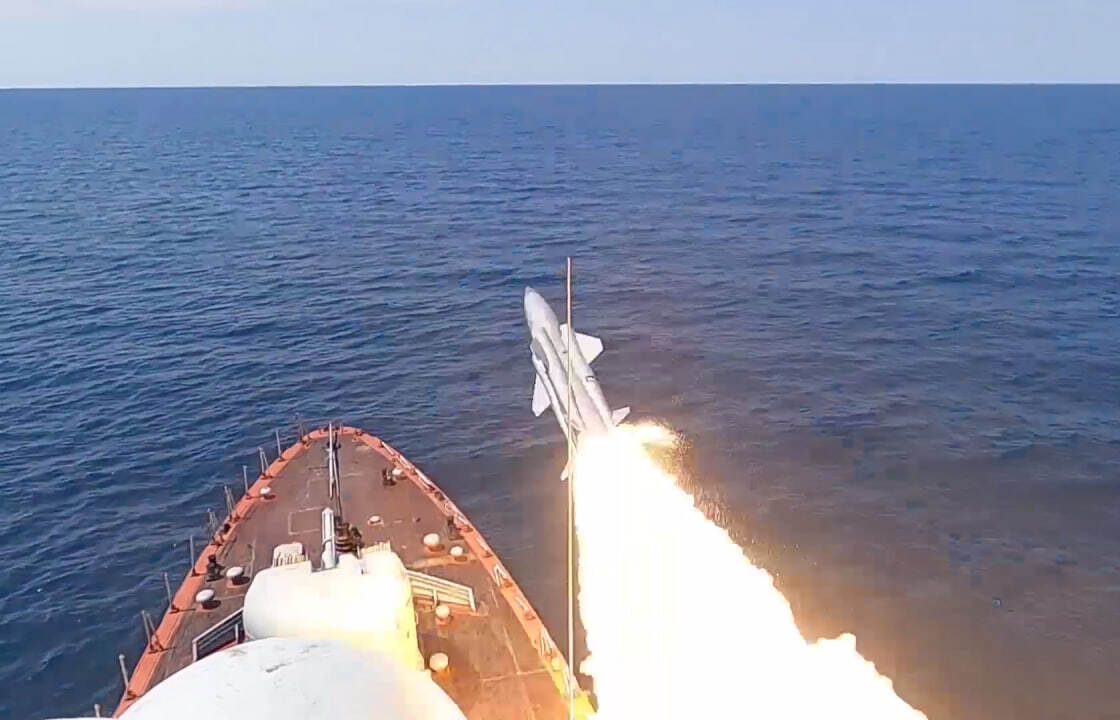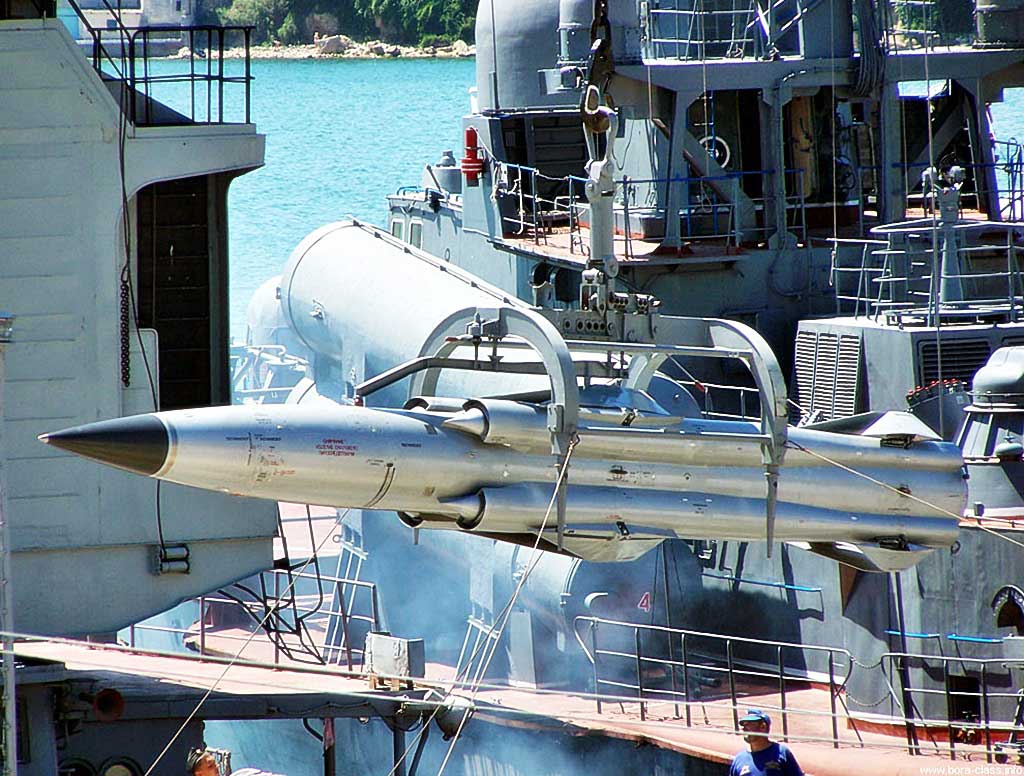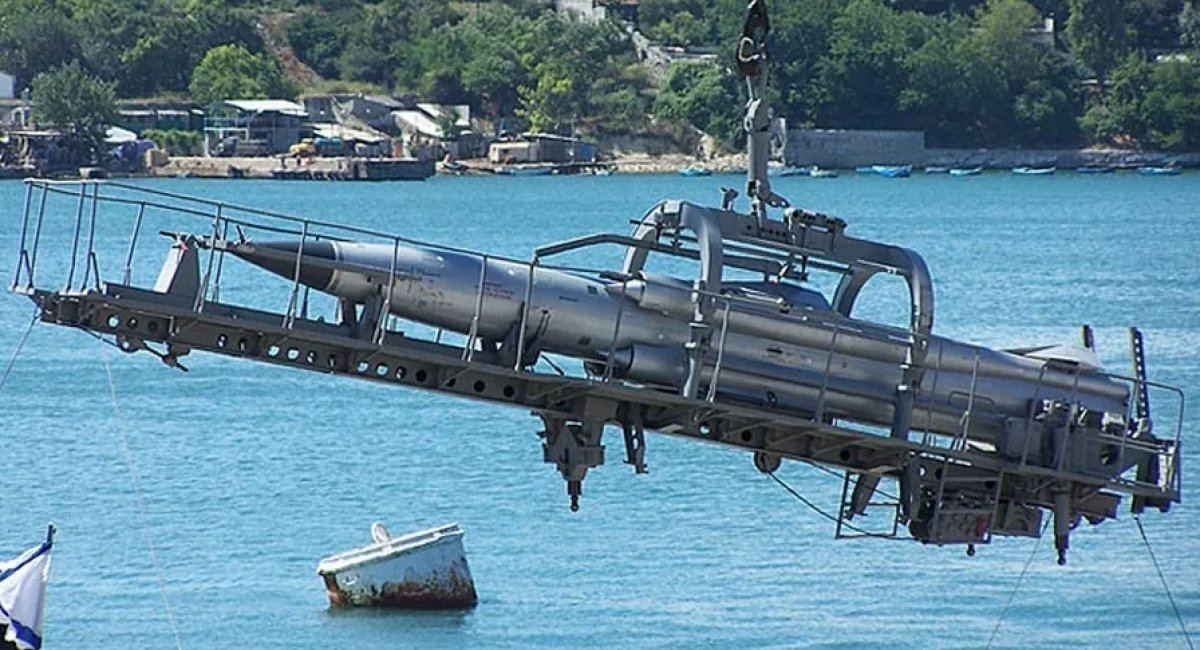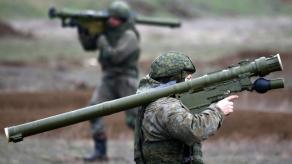Ministry of defense of russia announced that the Black Sea Fleet of the russian Navy has partaken in military drills aimed at "isolation of a sea region temporarily closed for navigation" with the involvement of warships and aviation. During the exercises, one of the missile corvettes Ivanovets used P-270 Moskit supersonic anti-ship cruise missiles against a target dummy.
Basically, the russians demonstrated one of the scenarios of the "total war" in the sea against any shipping to and fro Ukrainian ports, aiming to set up a blockade halting any maritime food shipments from the country. The fact russians want to use missile corvettes adapted for P-270 Moskit missiles for this purpose deserves particular attention.
Read more: Ukrainian Ministry of Defense Responds to russia's Naval War Announcement and Reminds of Moskva Cruiser's Demise

For starters, let's detail that the Ivanovets belongs to Project 12411 ships, referred to as Tarantul-class in NATO terminology. Warships of this class, locally labeled as "small missile boats" are armed with four P-270 Moskit missiles each. The Black Sea Fleet currently has three such corvettes.
Then, the P-270 Moskit is a supersonic anti-ship cruise missile with a length of 9.3 meters (30.5 feet) and a wingspan of 2.1 meters (7 feet). The launch weight is roughly 3.9 tons, of which 300 kg is the warhead; the sheer weight of explosive material is 150 kg. Top speed is 2,800 km/h, declared range is 10 to 90 km if it flies at a low altitude or up to 250 km when the missile is directed above for a high flight.
Open sources suggest that the P-270 Moskit development took place from 1984 to 2014.
Earlier russian media deemed this difference in attack range depending on the flight mode as a disadvantage. First of all, it's because the high-altitude trajectory makes the missile more conspicuous to the enemy radars.

But apparently, the russian military premise that Ukraine cannot objectively provide 100% cover from cruise missiles to all the civilian maritime shipping as the country's air defense is already quite busy repelling daily missile attacks. It creates an opening where P-270 Moskit can be effective.
Incidentally, we should pay attention to another nuance. The russian defense ministry showed that after the P-20 Moskit launch, the hit on target was confirmed by a UAV. Accordingly, the russian navy has the assets necessary for the surveillance over the sea, hence for the identification of civilian vessels heading to Ukrainian ports, too.

Earlier Defense Express reported that the russian defense ministry announced on July 19th that starting 00:00 on July 20th, all the vessels making their way to Ukrainian ports would be considered "potential carriers of military cargo."
The following day, the Ukrainian Ministry of Defense in its turn responded with a statement saying that starting 00:00 on July 21st, all vessels heading to the ports of the russian federation or to temporarily occupied ports of Ukraine "may be considered for risk assessment as vessels carrying a military cargo" with all subsequent risks.

Read more: Are russian Landing Ships a Legitimate Targets for Destruction Despite the Kremlin's Declaration of 'Civilian Transportation'?














